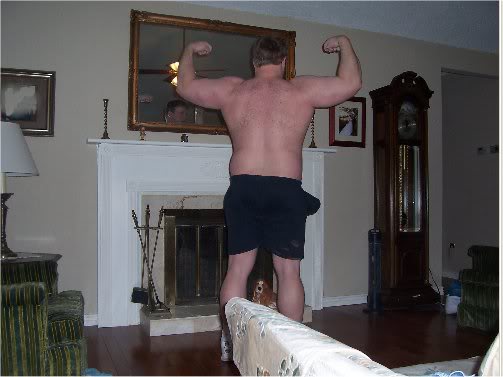stevejones
Member
Under what type of environment will the triceps respond the best? The 'isolation' type tricep pushdown where you have to use light weight and rely solely on your triceps to push the bar down, or the sloppy pushdown where you use alot of weight but involve the weight of your body and your shoulders in pushing the bar down? I already do plenty of compound exercises that involve the triceps, so was wondering if I should go light and strict on the one exercise I do solely for the triceps.

